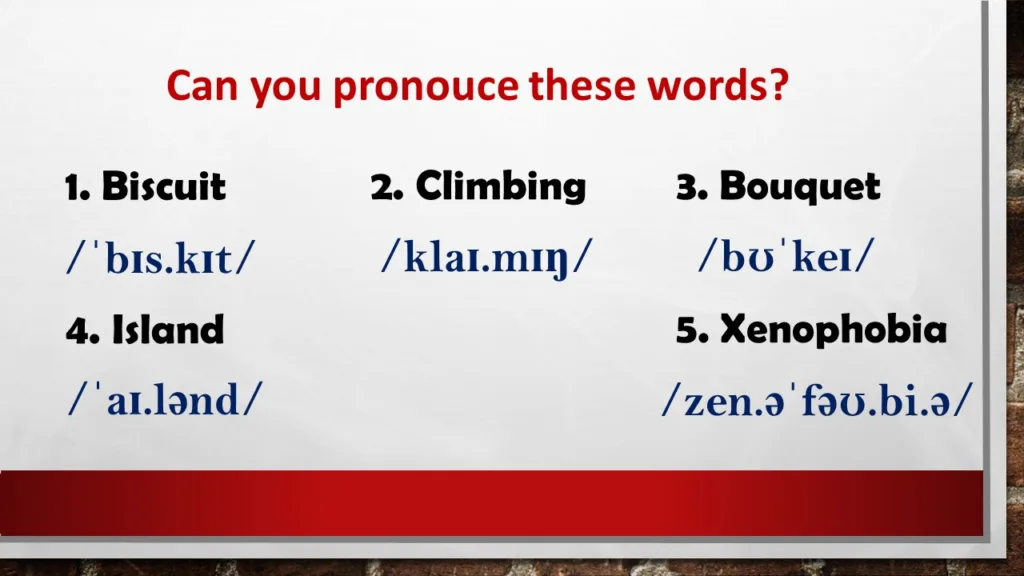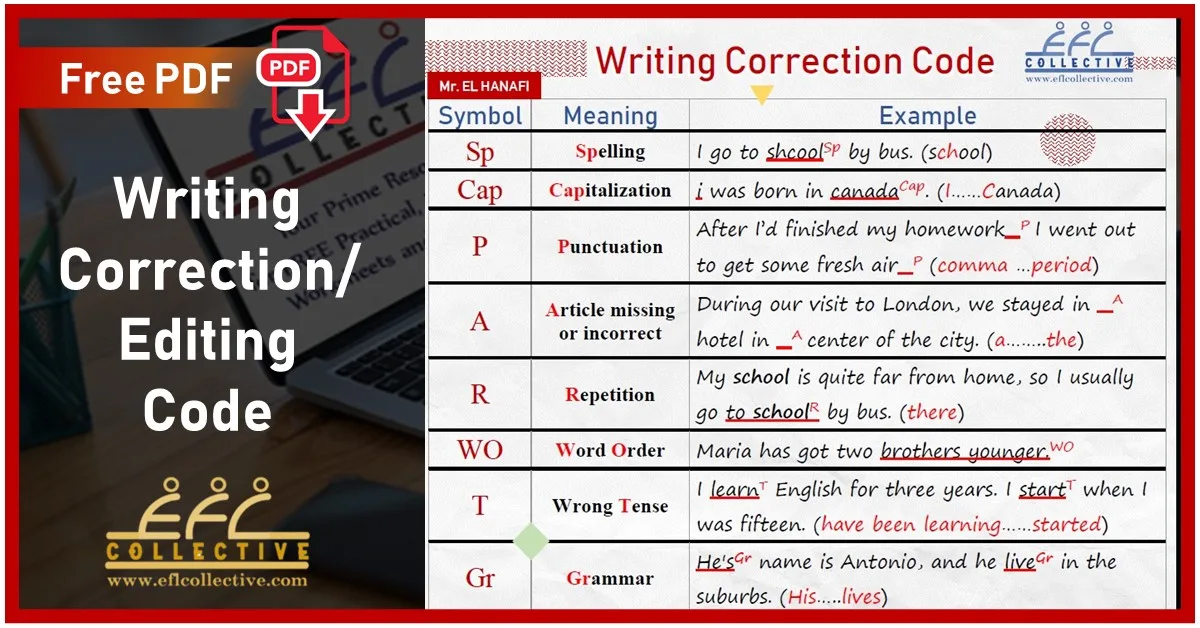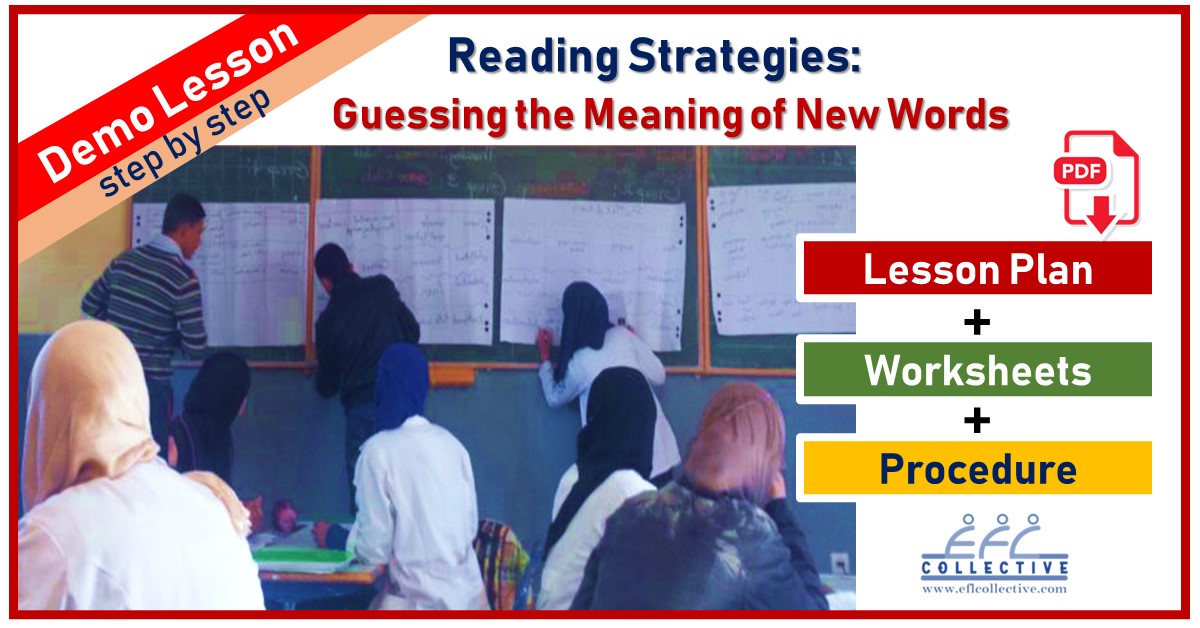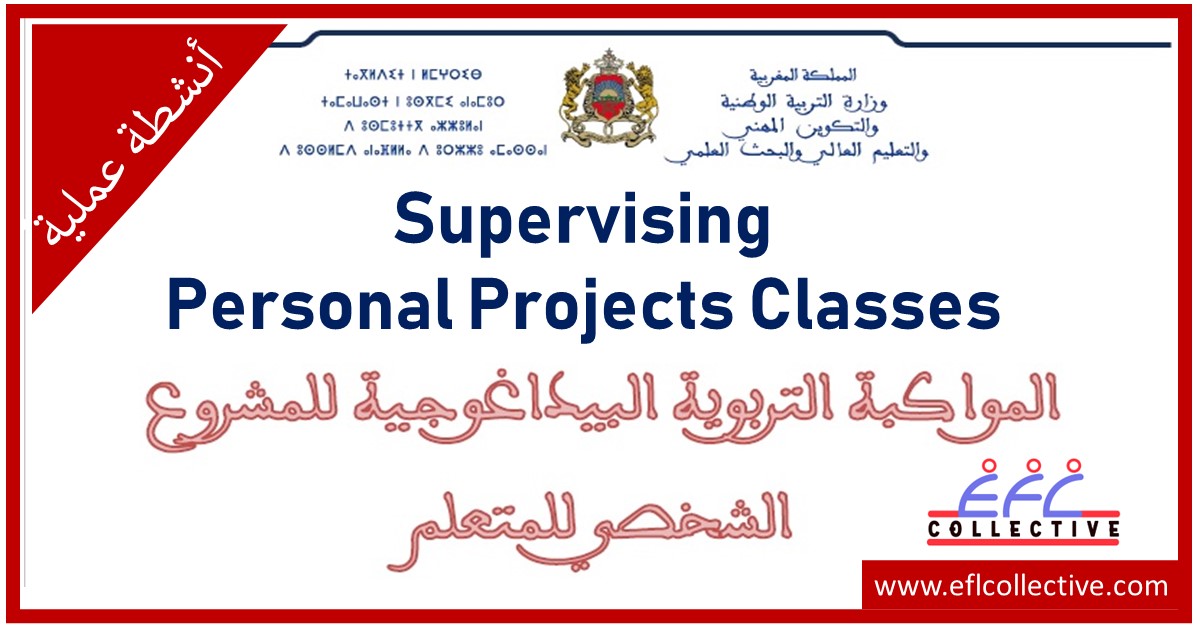The ultimate goal of the lesson is to equip students with the skill to decode phonetic symbols (consonant and vowel sounds) and ameliorate their English pronunciation as a result.
To implicitly highlight the importance of studying phonetic transcription, the teacher sets out the lesson by giving students some challenging words (biscuit, xenophobia, climbing, island, etc.) and allowing them some time to grapple with the way they are pronounced. Once the students somewhat “fail” to come up with the correct pronunciation, the teacher helps them by providing the transcription of the words hopefully they can pronounce them correctly. (See the worksheets below. They will walk you through all of this).

Later on, the teacher gets students to extract consonant sounds from the English alphabets, and more importantly, drills them amply in every single sound. To help students practice consonant and vowel sounds more, the teacher can use tongue twisters. Here is a number of helpful tongue twisters.

After the students study vowel sounds the same way, they are asked to do tasks in which they transform transcribed words or sentences into written ones (ex. /maɪ feɪ.v ə r.ɪt ˈleʒ.ə r ækˈtɪv.ɪ.ti ɪz pleɪjɪŋ ˈfʊt.bɔːl / = My favourite leisure activity is playing football).

Downloads:












